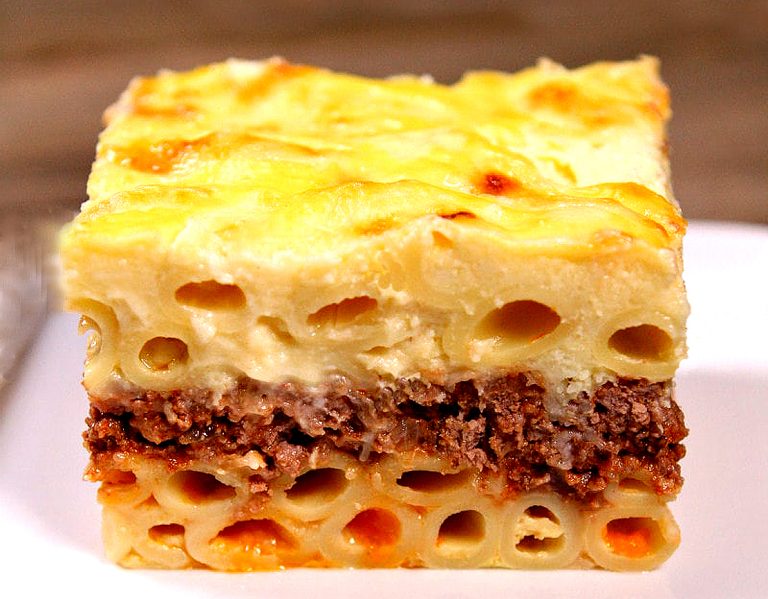While February’s main highlight in the Western world is Valentine’s day (hardly a highlight for those without a sweetheart), this month holds some of the most celebrated dates in Chinese tradition. The Lunar New Year marks the official arrival of spring (Lichun) — this year on February 10 — which calls for two weeks of celebration, culminating in the Lantern Festival, February 24.
In the spirit of cultural traditions, February’s seasonal eating article is focused on hot pot (火锅 huǒ guō). Popular throughout China, this dish is the perfect warming meal to nourish both body and spirit for the cold winter months.
According to tradition, hot pot requires full participation. Much like fondue, it is designed to be shared, and is cooked by the consumer at the table, A choice social meal, pot brings people together; while its adaptable nature provides something to satisfy everyone.
Hot pot history
Conflicting narratives credit the origin of hot pot with everyone from native boatmen traveling along the Yangtze River in Central China, to the roving Mongols invading Northern China — as a simple and efficient method for feeding groups on the go. Some say hot pot was already around in the Shang dynasty (approximately 16th to 11th centuries BC), while many claim that it really developed in the Han dynasty (206 BC-220).
Actually, there is no reason that the rudimentary recipe — basically cooking raw morsels of meat in a pot of seasoned water over a flame — couldn’t have multiple origins. At the very least, we might agree that hot pot was more of an evolution, rather than an invention.
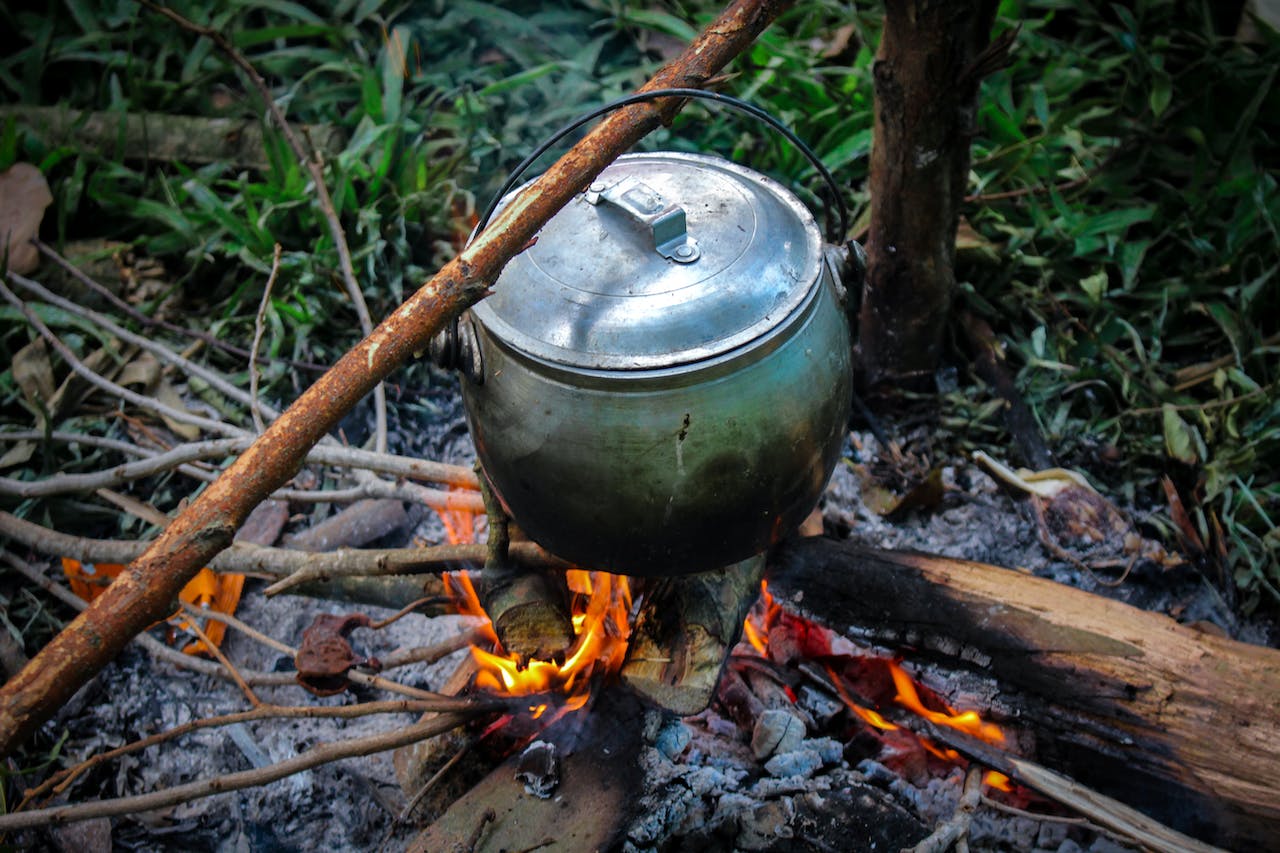
Success
You are now signed up for our newsletter
Success
Check your email to complete sign up
The earliest forms of hot pot most likely involved cooking meat in a boiling cauldron of water over an open fire. Over time, the dish moved indoors and a full array of edibles were introduced to the pot.
Once it was established as a table-top event, different regions of China developed their own unique styles of hot pot, adopting specific seasonings and key ingredients for a signature flavor and characteristic. For example, the Sichuan style of hot pot is known for its spicy, mouth-numbing broth thanks to the use of Szechuan peppercorns; while the Mongolian style is characterized by its use of hearty cuts of lamb, beef, and more pungent spices such as cumin and coriander.
Making hot pot at home
To enjoy this Chinese tradition at home, you’ll need to consider your cooking vessel. You will want a heat source for the table plus a large pot — around five quarts, relatively wide and shallow.
While you can make do with a portable camp stove and a soup pot, an electric heating unit with the pot included is pretty practical and probably safer. One can also opt for a specialized pot that is divided, offering a choice of broth. In any case, select one without a long handle — which could be easily upset with everyone reaching from different directions.
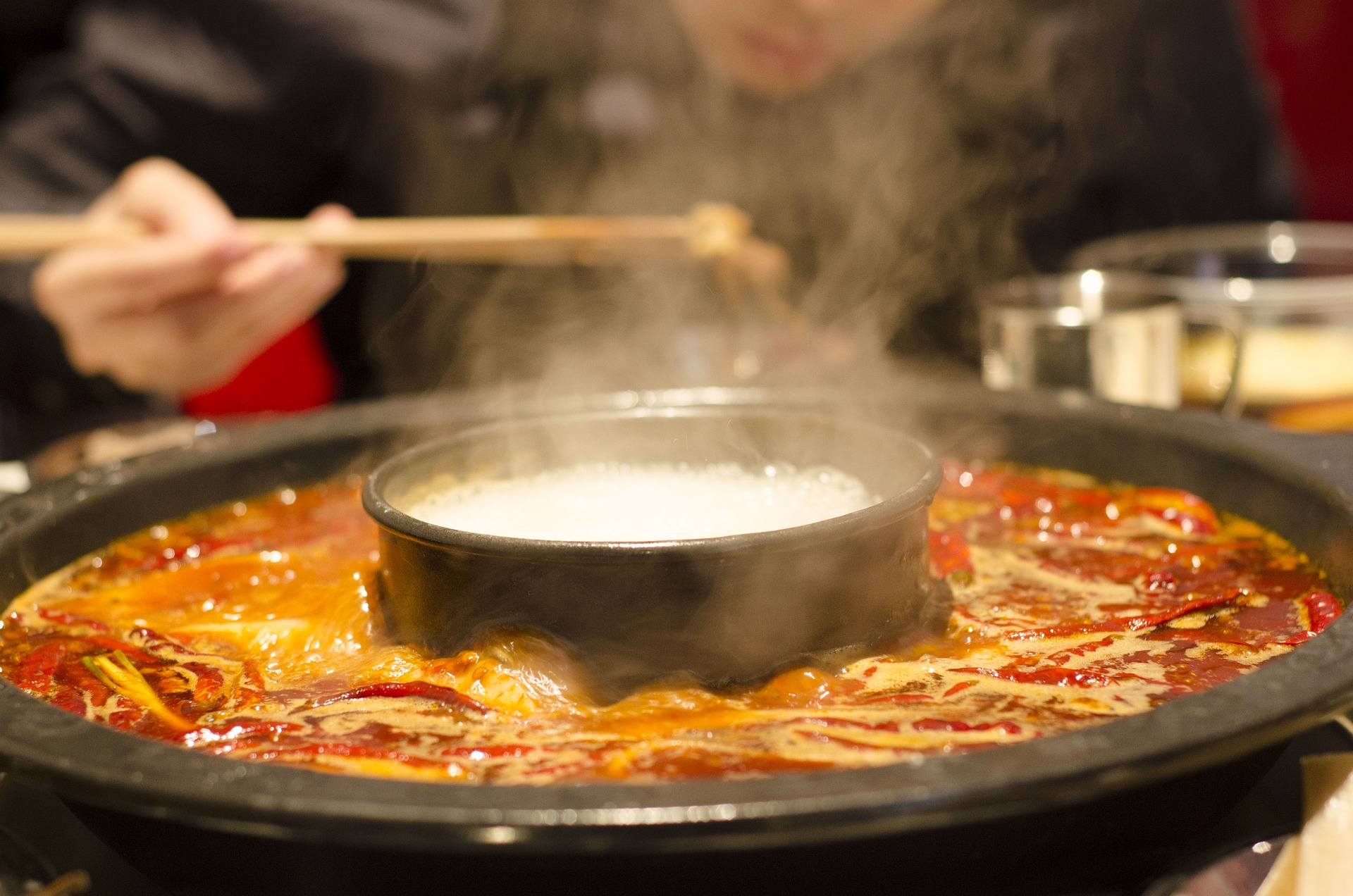
Hot pot base
Whether it’s a mild umami or a complex explosion of flavor, your base broth will set the stage for your hot pot. From the Cantonese seafood hot pot, to the chicken and mushroom hot pot of Yunnan, you can surely find something to suit your taste.
The above-mentioned Sichuan (or Chongqing) and Mongolian (or Beijing) hot pots are by far the most common bases. These flavorful broths can comprise a long list of ingredients and take some time to prepare, but they are also available in packaged form.
If packaged food is not your style, these simplified recipes will get you started. Improvise at will, and create a culinary masterpiece!
Mongolian hot pot base (mild)
The Mongolian hot pot is traditionally made with a lamb or chicken bone broth, but vegetable stock works too. The broth is flavored with ginger, scallions, shiitake mushrooms, white pepper and salt or soy sauce to taste. For a touch of sweetness, add goji berries and/or juju fruits (Chinese dates). Sometimes dried shrimp or other seafoods are added for flavor.

Sichuan hot pot base (spicy)
Sichuan hot pot starts with a spicy paste made to flavor your choice of stock or water. First, ginger, garlic and onion are sauteed in oil or tallow over medium heat. Star anise, cloves, cinnamon, and bay leaves are added next, and heated until fragrant. Then comes sichuan peppercorns, fermented black soybeans, and lots of dried, whole chili peppers, which are simmered until the flavors are fully infused.
This base can be chilled, cut into blocks and stored in the freezer so you don’t have so much prepwork every time you want to host a hot pot. One portion added to water or stock makes your broth. Fresh cilantro and scallions make a beautiful and flavorful garnish for the cooking pot.
Hot pot ingredients

As for what you want to cook in your hot pot, it all depends on your tastes.
- Meats like beef, pork and chicken should be thinly sliced, to ensure prompt and thorough cooking.
- Shrimp, mussels, and tender, flaky white fish, or meatier fish sliced very thin are superb seafood options.
- Vegetables like bok choy, watercress, snow peas and Chinese cabbage are light, refreshing, and quick-cooking. Denser produce like daikon radish, small sections of corn on the cob, and lotus root will take a little longer, but are worth the wait.
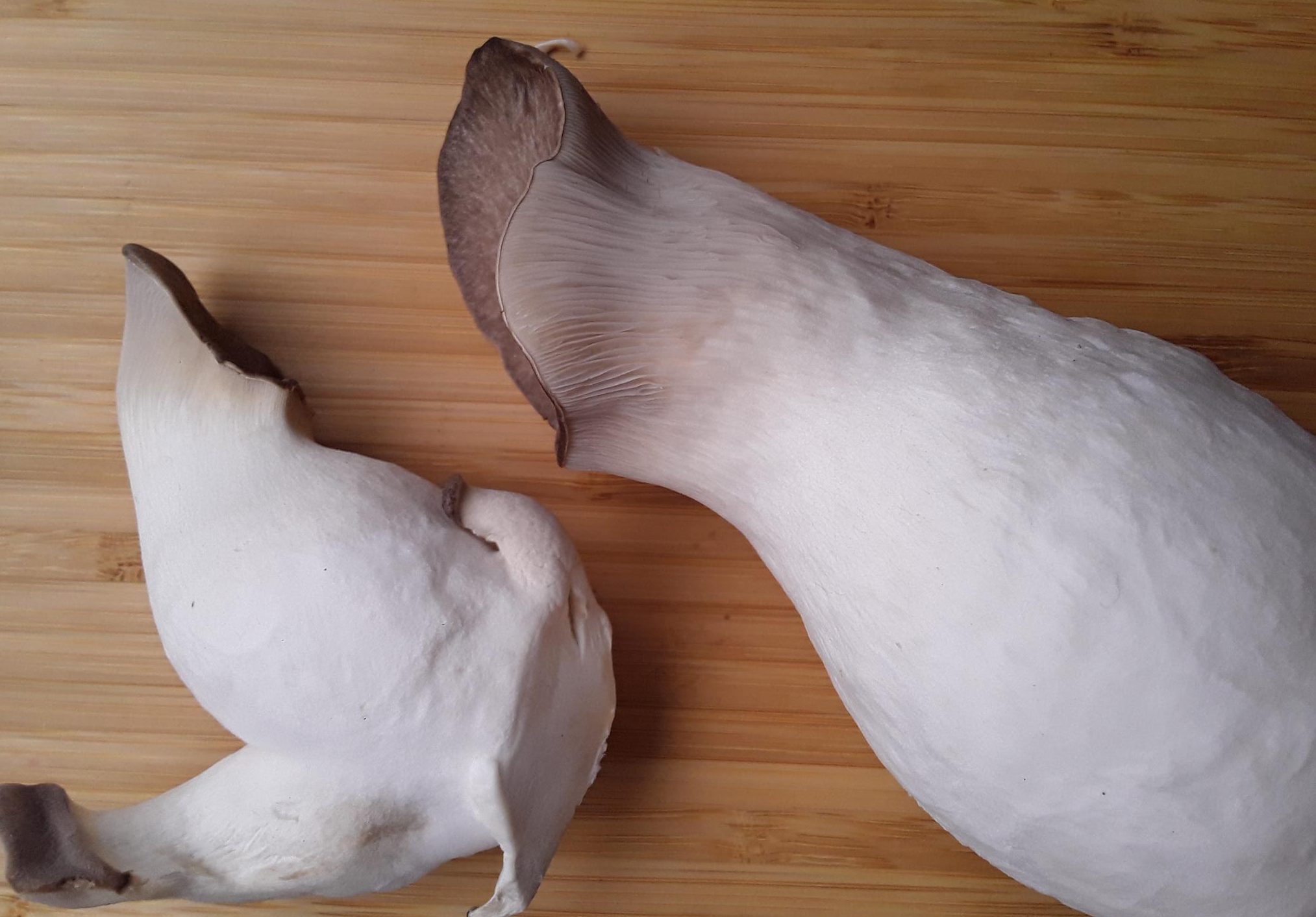
- Mushrooms like fresh shiitake, enoki, nameko and sliced king oysters — a low-fat vegetarian protein — sponge up seasonings while adding a layer of umami to the broth.
- Tofu, in all its various forms, is a low-fat, inexpensive, vegetarian ingredient that readily absorbs other flavors.
- Pre-made dumplings, fish balls, meatballs, sausage or even spam are no-fuss, flavorful additions.
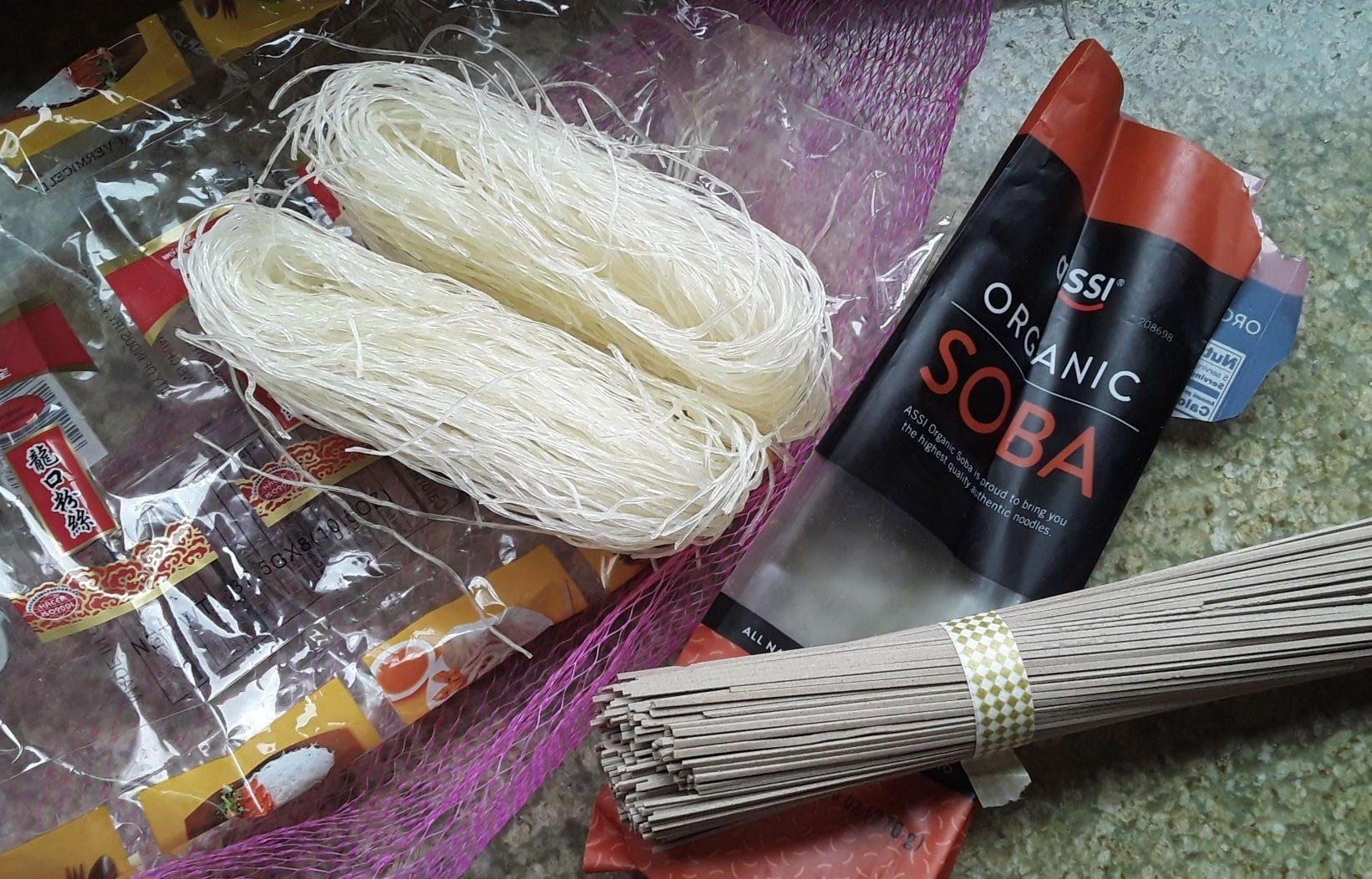
- Noodles are ideal ingredients for the end of the meal, as they will sop up all the remaining broth, along with its multiple layers of flavors. Some classic companions for hot pot include udon, lo mein, ramen and soba noodles, or chewy and transparent noodles like bean thread and rice sticks.
- Be sure to have hot water handy to replenish your broth, as it will gradually diminish during the meal.
Hot pot dipping sauce
Mongolian hot pot is usually coupled with a sesame-based dipping sauce. Its rich, nutty flavor compliments the savory morsels cooked in this mild broth. Although less common with Sichuan hot pot, this sauce can help balance the intense spice.

The key ingredient for the dipping sauce is Chinese sesame paste, which differs slightly (but significantly) from tahini in that it is made — not with hulled, raw sesame seeds — but with unhulled, toasted sesame seeds. You can substitute unsweetened peanut butter or tahini in a pinch, or make your own!
Other essentials include: soy sauce, rice vinegar, minced garlic, chopped cilantro, and a touch of sugar.
Optional ingredients include: chili oil, oyster sauce, sesame oil, fermented black beans, miso, chopped scallions and white pepper.
To give your guests more options, make a few variations of dipping sauce — ranging from nutty, to savory garlic, or sweet and spicy, for example.
Serving hot pot
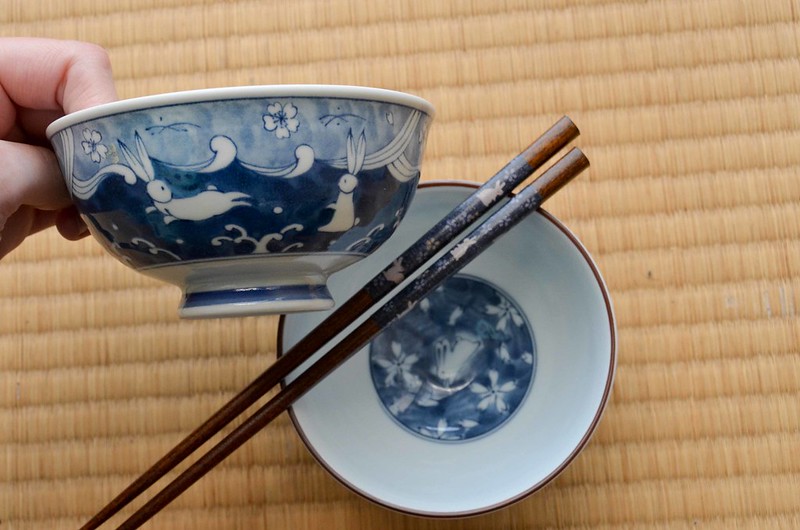
Hot pot is meant to be a lingering social event, with cooking occurring as an ongoing process while eating and catching up with friends.
Each guest should have one pair of chopsticks for dipping, and another for eating. A small bowl will suffice for self-serving a few morsels at a time, especially since most of the table will be covered with an array of raw ingredients and dipping sauces.
Make sure everyone has a sense of the cooking time for each item. Meats need to be thoroughly cooked — raw meats should change color, and meatballs or fish balls should float. Thick vegetables and mushrooms take longer than leafy greens, which can be briefly dipped. After most of the other foods are gone, add noodles for general consumption.
Benefits of hot pot
Besides being a heartwarming social gathering, this delicious meal is also extremely nourishing and balanced. The great variety of ingredients — including lots of vegetables and proteins — provides a full array of nutrients and fiber.
Large servings that are quickly consumed are a major factor in obesity, as it takes time for our bodies to register “fullness.” Since this meal is eaten slowly, one is less likely to overeat. In addition, by choosing lean proteins hot pot becomes a low-fat, yet highly satisfying meal.
The cold and miserable weather of February forces us to be more sedentary, and a warming, hydrating broth helps improve circulation. Many of the spices used in hot pot also have immune-boosting qualities, and may alleviate cold symptoms.
Most importantly, however, hot pot offers a unique opportunity for social connection. With everyone gathered in-person, focused on feeding and conversation, they may even forget about their phones.
READ ALSO:
- Seasonal Eating for January, and Baking Whole Grain Sourdough Bread
- Seasonal Eating for December, and Relishing Your Roots (Recipes)
- The Unhealthy Trend of Online Everything, and How to Recover Human Connection
Alina Wang contributed to this report.






